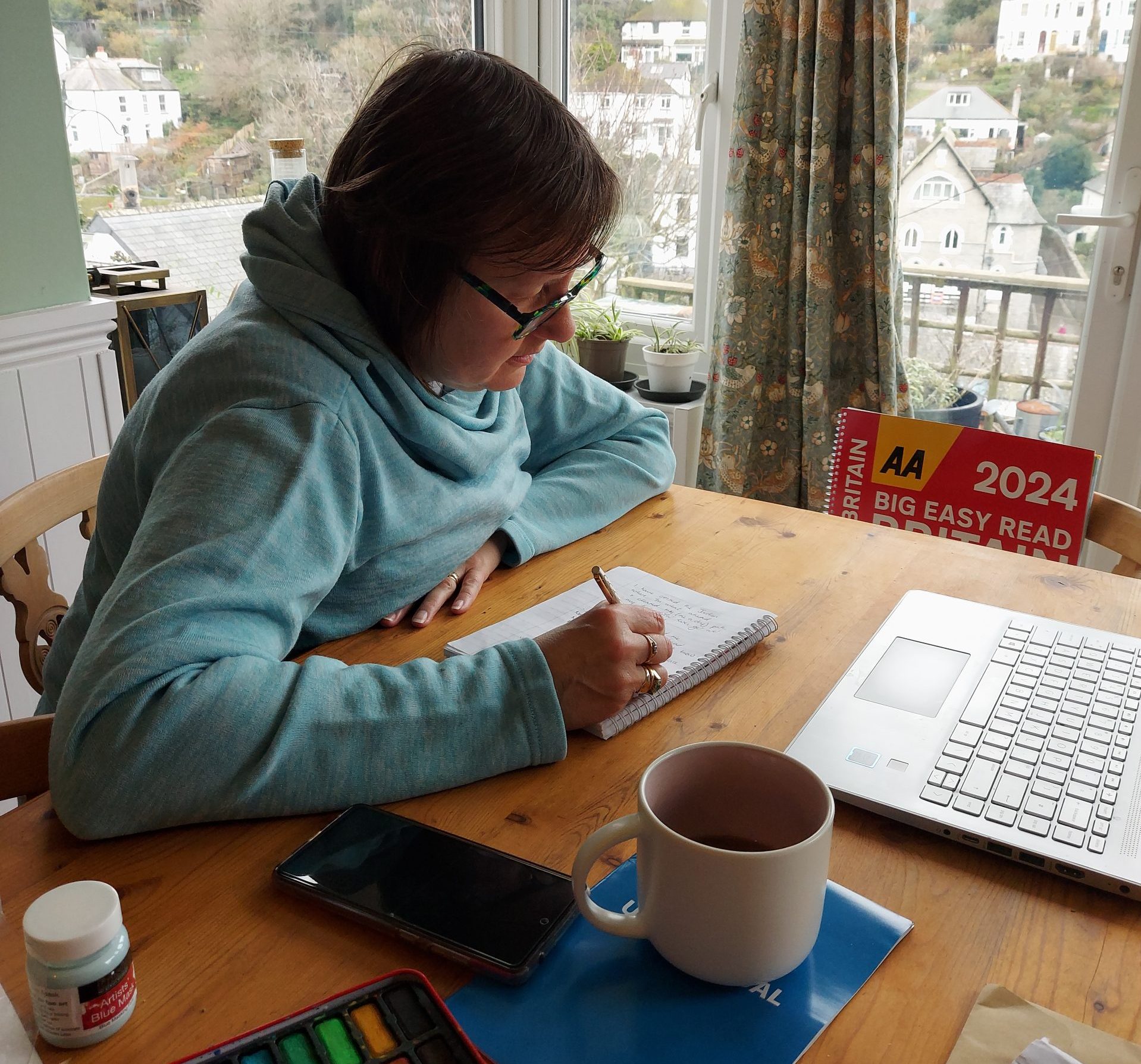A collection of poems inspired by Biblical Psalms.
DRIVING TEST PSALM (121)

This was the set reading for the day I finally passed my driving test. I didn’t think it guaranteed a pass but it did give me a confidence and peace with words that seemed particularly apt. Here I use text layout, font variation and colour to delineate scenes, change of language from secular to sacred, and my specific interpretation of Psalm 121.
Labyrinth Psalm (23)
Labyrinth is an interactive Powerpoint file (please click the picture below to access the file).

I love a labyrinth – all the twists and turns and mystery but none of the pressure (when you think about it) of a maze. It seemed to marry well with Psalm 23. Originally I wanted to make a physical labyrinth, perhaps using a staircase, but I also wanted to make it accessible, hence an electronic interactive version. The poem is designed to be read in either direction.
Map Psalm (23)

I have been fascinated by maps since childhood. They help make sense of the world. This poem was also inspired by Psalm 23, a ’pilgrim psalm’ and a Biblical version of SatNav if ever I saw one. But it also ties in occupational therapy theory (the ‘Kawa’ or ‘river’ model) and a journey through my life as I try to make sense of my new home and new start in a series of prose poems.
Depression Psalm (42)
Please click through the picture below for the full poem (in PDF format).

Depression Psalm, based on Psalm 42, shows how prayer works for me, laid out as a conversation with God. The ordinary as important as the holy. God’s voice pragmatic, amusing, as well as majestic.
Woven Psalm (139)

In this poem I reclaim the occupational therapy trope of weaving, applying handwriting (to suggest God’s personal care and knowledge of an individual) to an adapted tartan design (from my family history) to illustrate Psalm 139 v.13 and representing the different strands that define me. The woven ends are left deliberately loose to indicate ongoing human and Christian development.
CODING PSALM (139)

I worked on ‘Coding Psalm’, using a different translation of Psalm 139 v.13, at the same time as Woven Psalm. My knitting patterns suggested codes to me and I asked my family, who use coding in their work, for examples. I leave the poem as it stands, with plenty of blank space for readers to fill for themselves, even utilizing the blank space of data my son forgot to send to exemplar his dissertation subject of memory or leave for the reader to complete.
Anxiety Psalm (22)

Psalms 22 and 69 are strongly associated with the Crucifixion account. I transposed a crucifixion outline onto a standard anatomical diagram. The text, my study notes from Journalling the Psalms by Paula Gooder (2022), became the anatomical labels – not for Christ’s crucifixion but for my anxiety symptoms (which also seemed indicative from images in the psalm). The lines of text are randomised to make them more ambiguous and therefore open to personalised interpretation.
